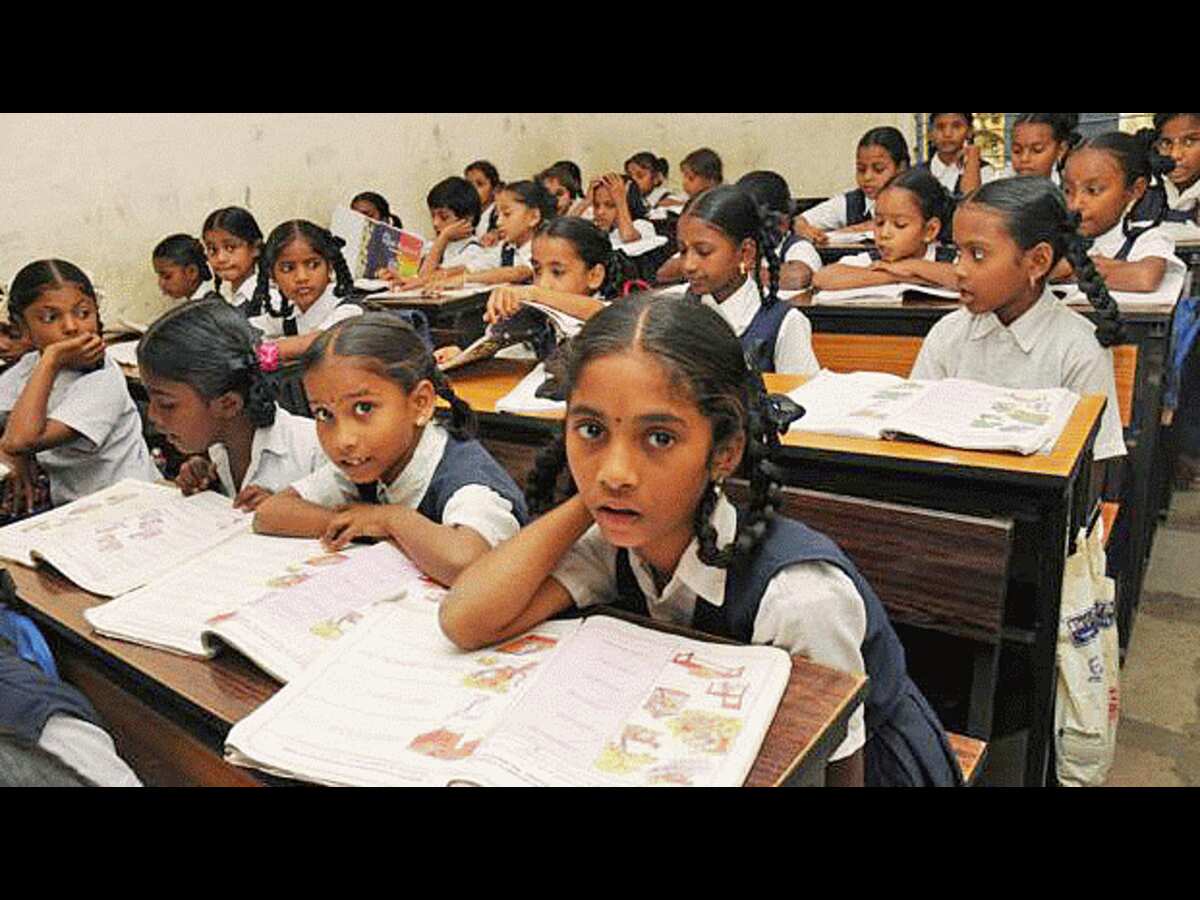Life slowly returned to normal in Jammu and Kashmir’s Reasi district on Tuesday, a day after India and Pakistan reportedly reached an understanding on ceasing hostilities along the border. Morning visuals from the region showed students making their way back to school, marking a positive shift in the security atmosphere.
However, in the Samba district, fear lingered among locals after overnight shelling damaged a house in a border village. “We were clueless last night, but we heard noises. We saw in the morning that this had happened. However, there is not much damage. We were all at home when the explosion happened. The police came later and took stock of the situation. There is an environment of fear,” said Dalbeer Singh, whose house was damaged.
Another resident, Krishan Chand, echoed the fear. “We were clueless last night, but we heard noises. We saw in the morning that this had happened. However, there is not much damage. We were all at home when the explosion happened. The police came later and took stock of the situation. There is an environment of fear,” he added.
Red streaks were seen across the sky as Indian air defence systems intercepted suspected Pakistani drones during a blackout in the Samba sector on Monday evening. Army sources told ANI that a small number of drones had entered Indian territory and were being engaged. “There is nothing to be alarmed,” the source said.
Schools reopen in Rajasthan, but Jaisalmer remains cautious
Meanwhile, Rajasthan also saw educational institutions reopening in several districts including Jodhpur, Bikaner, Barmer, and Sri Ganganagar. Schools and colleges resumed operations on Tuesday after a temporary closure due to rising tensions. However, Jaisalmer kept its schools closed as a precaution.
In Sri Ganganagar, a voluntary blackout on Monday night led to confusion among parents and students due to a late-night government order withdrawing the earlier holiday. Attendance remained lower than usual. The district also imposed a ban on Pakistani SIM cards to tackle cross-border communication threats.
Markets in the region closed early on Monday in support of the blackout appeal. District Collector Manju confirmed that “all types of educational institutions in the district will be able to conduct regular educational activities from May 13.”
Despite this, suspicious aerial activity was reported in Jhunjhunu district. “The administration is fully alert. There is no need for anyone to panic,” said District Collector Ramavatar Meena, who confirmed that a blackout was enforced in selected areas on Monday night as a precaution.
School’s remain closed in Punjab’s four districts
In contrast, Punjab maintained a cautious approach, keeping schools shut in four of its five border districts — Amritsar, Pathankot, Jalandhar, and Hoshiarpur — even as Gurdaspur reopened.
Officials in Jalandhar said a surveillance drone was shot down by the armed forces around 9:20 pm on Monday. “I have been informed that one surveillance drone was brought down by the armed forces around 9.20 pm near Mand village. An expert team is looking for the debris,” said Deputy Commissioner Himanshu Aggarwal. He later added that no further drone activity had been detected after 10 pm.
In Hoshiarpur, Deputy Commissioner Aashika Jain confirmed explosions in the Dasuya area, prompting a blackout in Dasuya and Mukeria. “The administration is fully alert,” she said.
Amritsar also witnessed a brief blackout. Deputy Commissioner Sakshi Sawhney later announced on X, “You may hear a short siren now — it signifies that alert is over and we can resume our usual activities. Thanks for your cooperation.”
Meanwhile, Prime Minister Narendra Modi, in his address to the nation on Monday evening, came down heavily on Pakistan for continuing cross-border terrorism. “Terror and talks cannot coexist. Terror and trade cannot go hand in hand. Water and blood can never flow together,” he said.
Anurag Dhole is a seasoned journalist and content writer with a passion for delivering timely, accurate, and engaging stories. With over 8 years of experience in digital media, she covers a wide range of topics—from breaking news and politics to business insights and cultural trends. Jane's writing style blends clarity with depth, aiming to inform and inspire readers in a fast-paced media landscape. When she’s not chasing stories, she’s likely reading investigative features or exploring local cafés for her next writing spot.






